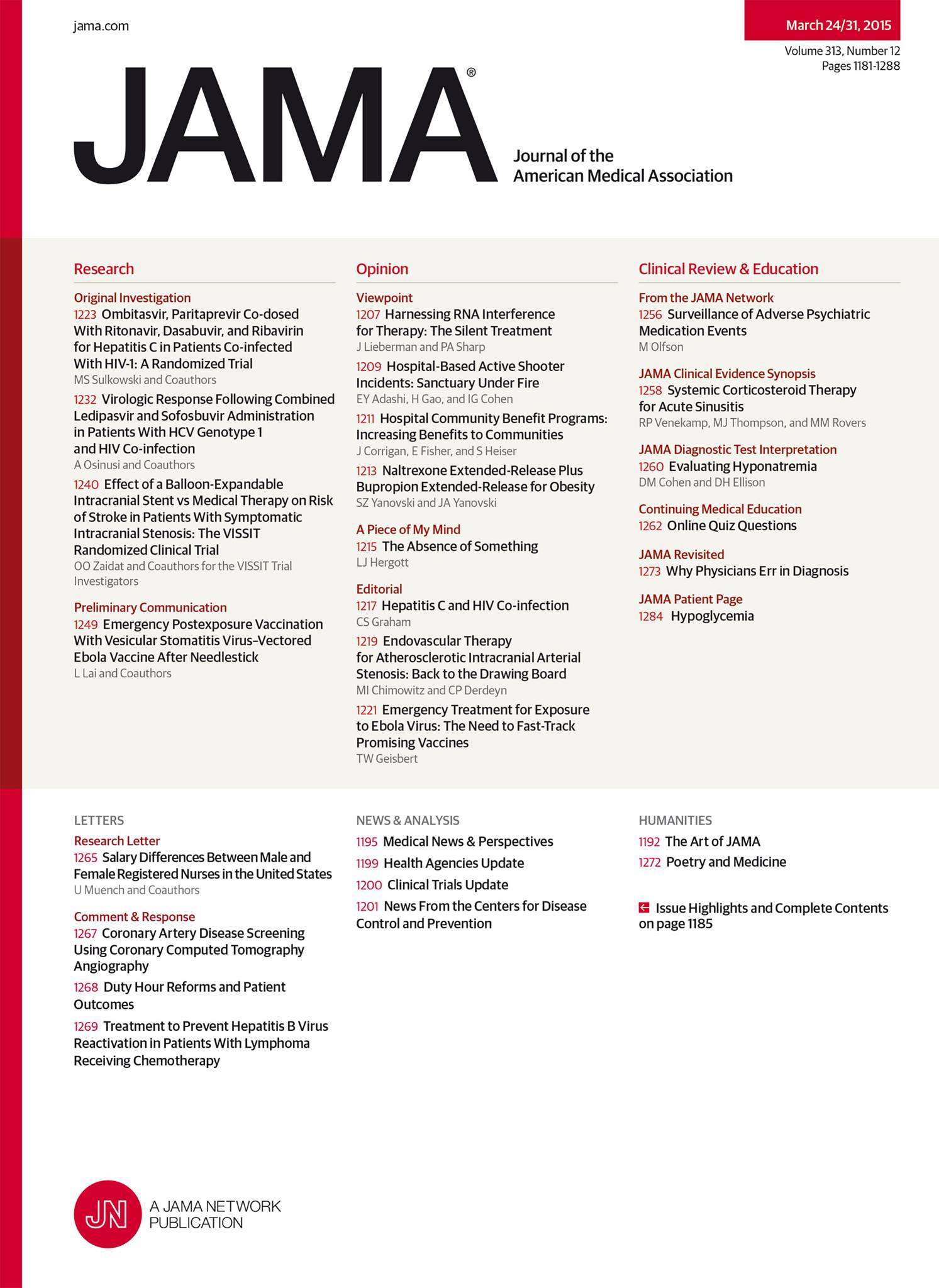
Noninferiority of low-intensity to standard-intensity warfarin in geriatric hip or knee arthroplasty

Noninferiority of low-intensity to standard-intensity warfarin in geriatric hip or knee arthroplasty
Effect of Low-Intensity vs Standard-Intensity Warfarin Prophylaxis on Venous Thromboembolism or Death Among Patients Undergoing Hip or Knee Arthroplasty: A Randomized Clinical Trial
JAMA. 2019 Sep 3;322(9):834-842.Did you know you're eligible to earn 0.5 CME credits for reading this report? Click Here
Synopsis
1650 elderly patients undergoing a hip or knee arthroplasty were randomized to receive a low-intensity dose (International Normalized Ratio (INR) = 1.8) or standard-intensity dose (INR = 2.5) of warfarin for the prevention of thromboembolic events. The primary outcome of interest was the composite outcome of VTE and death. Secondary outcomes of interest included the rate of major bleeding and the ...
To view the full content, login to your account,
or start your 30-day FREE Trial today.
FREE TRIAL
LOGIN
Forgot Password?
Explore some of our unlocked ACE Reports below!

Learn about our AI Driven
High Impact Search Feature
Our AI driven High Impact metric calculates the impact an article will have by considering both the publishing journal and the content of the article itself. Built using the latest advances in natural language processing, OE High Impact predicts an article’s future number of citations better than impact factor alone.
Continue



 LOGIN
LOGIN

Join the Conversation
Please Login or Join to leave comments.